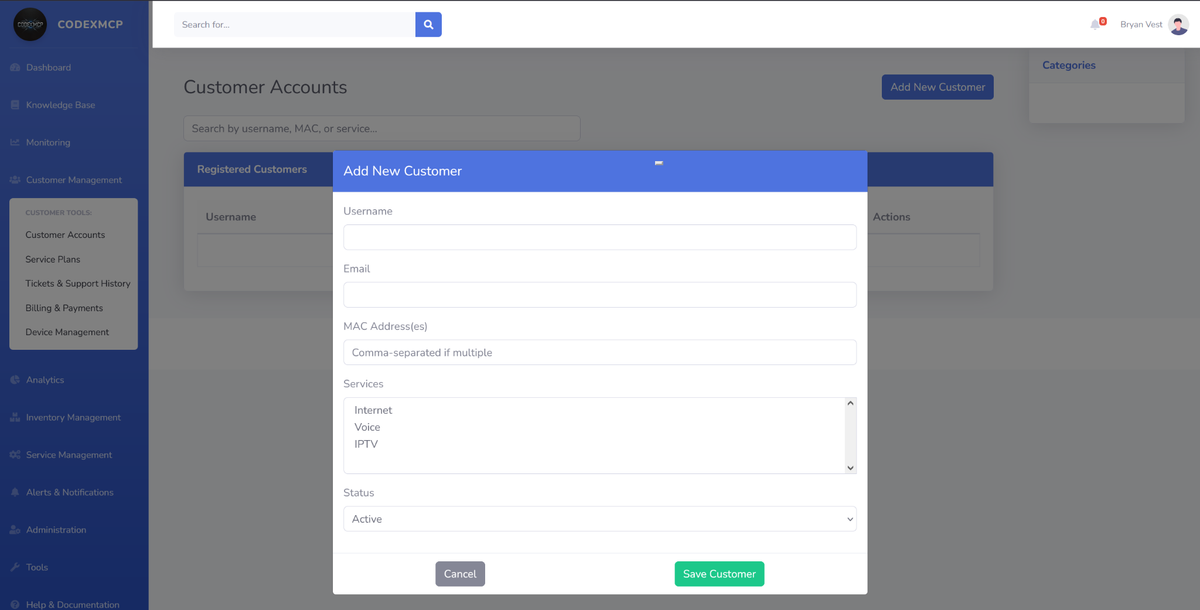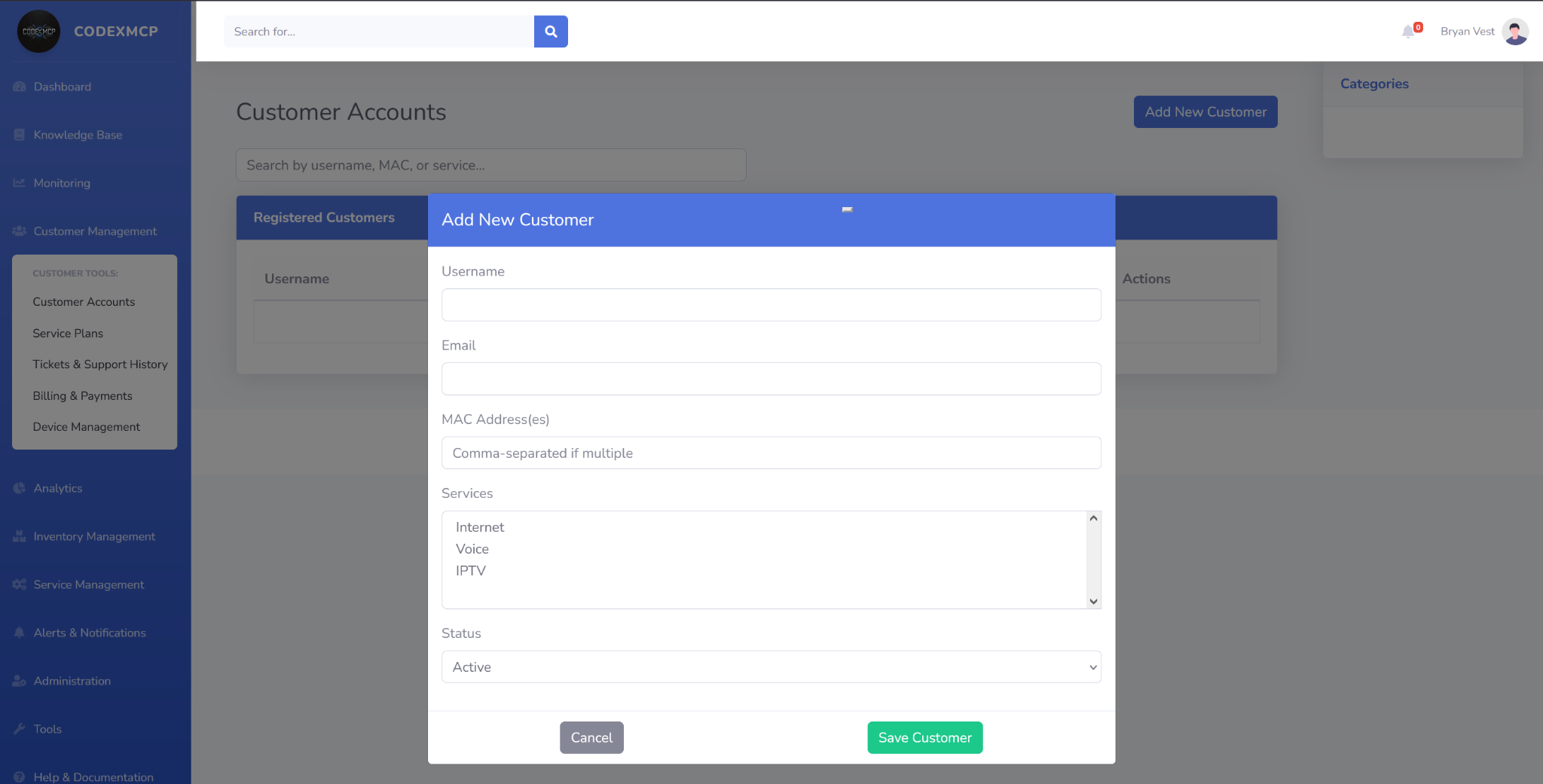CodexMCP UI Refactor: 2.5 Hours to Rip and Rewire the Front End

Let’s be clear: this wasn’t some multi-week, team-driven redesign. This overhaul happened in a single focused session, about 2.5 hours of code surgery, ripping out months of template rot and jQuery duct tape to rebuild the CodexMCP interface into something clean, modern, and maintainable.
The result? A front-end that actually aligns with the system behind it.
What Changed, Fast
This refactor wasn't about beauty—it was about control and coherence. Here's what got fixed:
- Replaced dynamic page loading with a section-based SPA layout. Instead of loading fragments or full pages, the app now toggles between
<section>elements. Every view is live, and switching is handled with simpleswitchToView(...)calls. This was done to clear out a very complex JavaScript stack that was getting hard to maintain. - Dropped jQuery and Bootstrap 4 legacy entirely. No more random plugin behavior or mysterious click handlers. We're running Bootstrap 5 only, using native JS where needed (e.g.,
bootstrap.Modal). - Refactored all menu/nav logic. Sidebar links now explicitly control view state—no more
data-dynamicfragments or async HTML swaps. - Updated Summernote to BS5-native. The rich text editor now works like it’s supposed to, without patching or weird DOM juggling.
- Kept SB-Admin styling, ditched its JS. We're still using the CSS from SB-Admin for layout consistency, but none of its JavaScript made the cut. It’s a skin now, not a scaffold.
The First View: Customer Management
The screenshot below shows where the new front-end starts to matter. Now that the DHCP stack is proven and working, the next step is mapping users to infrastructure, MAC-bound records, service offerings, and eventually full provisioning logic.

This "Add New Customer" modal is just the initial mockup, but it's wired into the real system. As things progress, it will connect directly to:
- Active DHCP bindings (via Kea)
- Service logic (Internet, Voice, IPTV, etc.)
- MAC address enforcement
- User status tracking (suspended, provisioned, etc.)
- Future automation layers like VLAN mapping or GoatMUX trunk control
And This Is Just the Default Front-End
This UI is built on top of Go-powered APIs that handle all logic, data, and access control. Meaning:
- You’re not locked into this interface.
- You can drop in React, Vue, CLI tools, or automation scripts.
- You can programmatically drive the whole system.
CodexMCP is not a dashboard; it’s a telecom operations cortex, and this front-end is just one way to tap into it.
-I don't like front-end design. But it has to be done
--Bryan